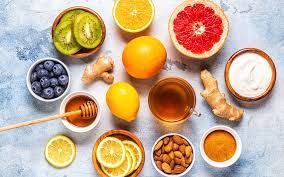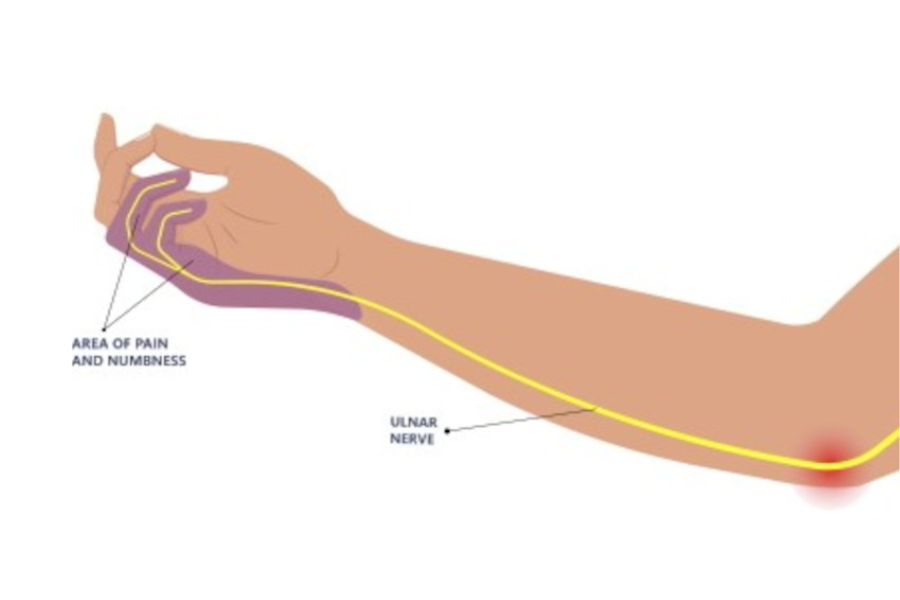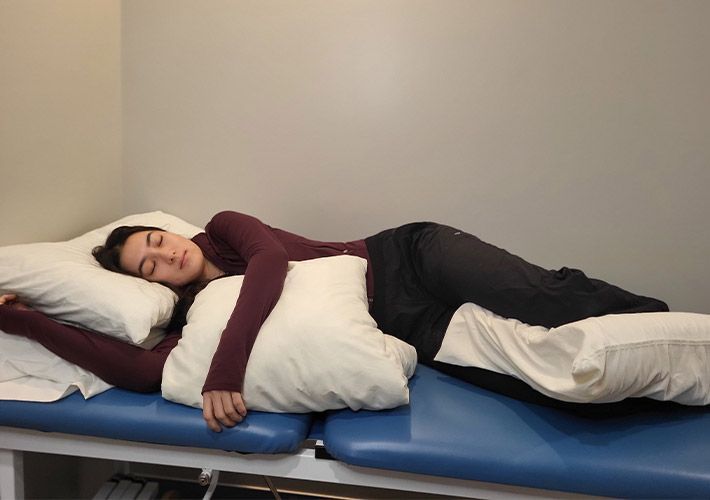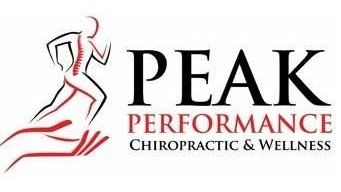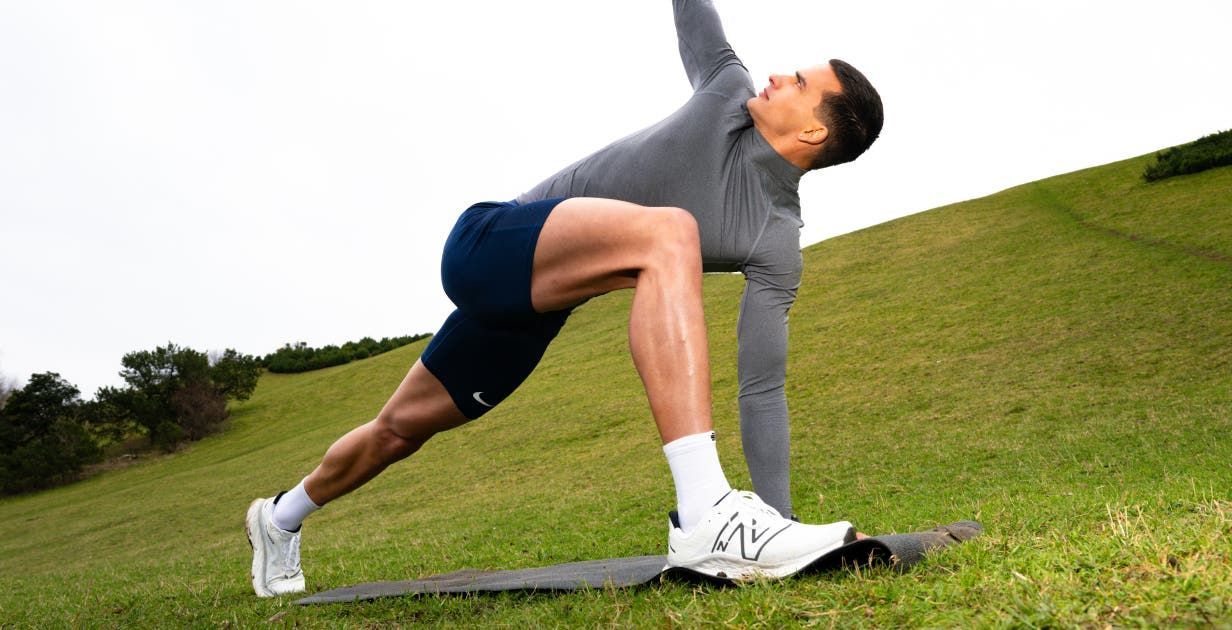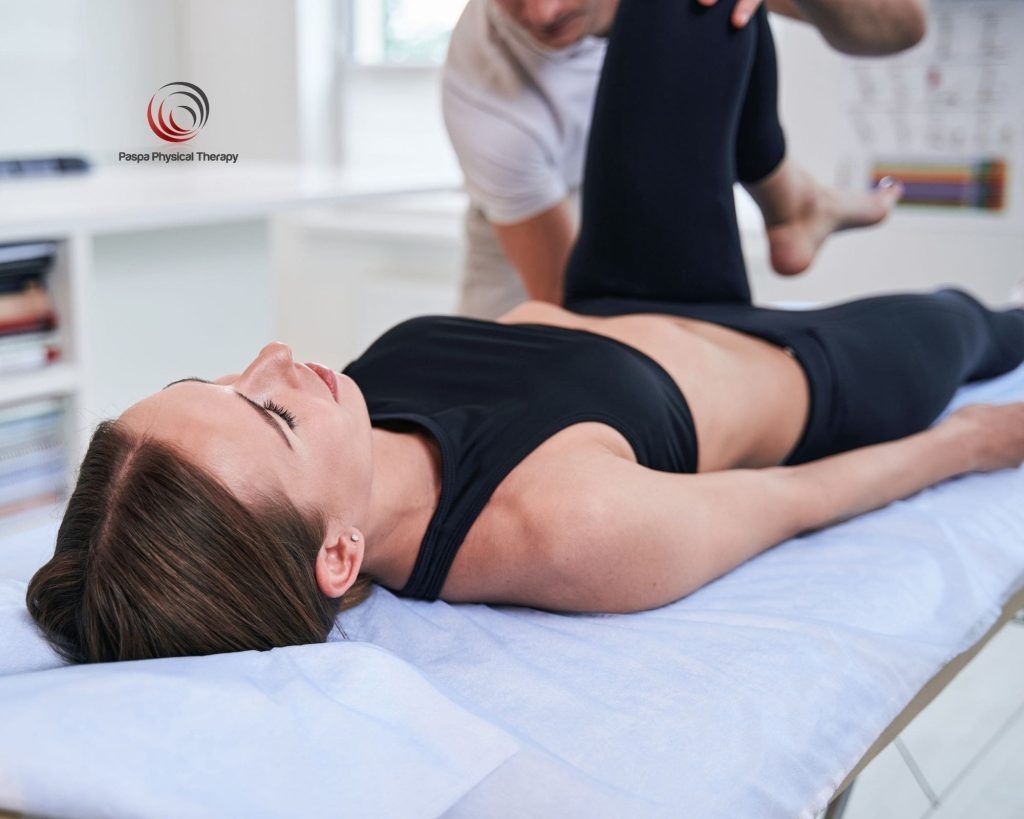Meet Your Nervous System
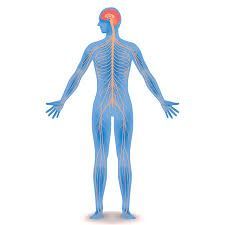
Before we talk about how massage affects the nervous system, it helps to understand what the nervous system is and what it does.
Your nervous system has two major parts:
- The Central Nervous System (CNS): made up of the brain and spinal cord. This is your body’s control tower.
- The Peripheral Nervous System (PNS): a network of nerves that branches out from your spine and reaches the rest of your body. It’s how your brain and body communicate.
From sensing pain to regulating your heart rate, controlling movement to influencing digestion, your nervous system is always working behind the scenes. It’s also responsible for interpreting stress, responding to injury, and maintaining balance in the body.
The PNS is further broken down into two main branches:
The Somatic Nervous System: controls voluntary movements.
- The Somatic Nervous System: controls voluntary movements.
- The Autonomic Nervous System (ANS): handles involuntary functions like breathing, heartbeat, and digestion. The ANS has two parts of its own:
- The Sympathetic Nervous System (fight or flight)
- The Parasympathetic Nervous System (rest and digest)
Massage therapy interacts most directly with the autonomic nervous system—and that’s where the magic begins.
Massage and the Fight-or-Flight Response
Let’s talk stress. Whether it’s looming deadlines, traffic jams, or life’s unpredictabilities, stress activates your sympathetic nervous system. Your body responds with increased heart rate, higher blood pressure, and a surge of cortisol and adrenaline—great if you’re running from danger, not so great if you’re trying to fall asleep or digest lunch.
Massage acts like a brake on that stress response. Research shows that therapeutic touch can help:
- Lower cortisol levels
- Reduce heart rate and blood pressure
- Activate the parasympathetic nervous system
This shift encourages your body to enter a state of relaxation, allowing you to breathe deeper, sleep better, and recover faster. In short, massage helps flip the switch from “fight or flight” to “rest and restore.”
Sensory Pathways and the Power of Touch
Another way massage interacts with the nervous system is through touch receptors in the skin and muscles. These receptors send signals to the brain via the spinal cord, providing real-time updates on pressure, temperature, and position.
Deep pressure from massage stimulates mechanoreceptors, which can override pain signals carried by nociceptors (pain receptors). This is part of the “gate control theory” of pain—essentially, the nervous system can only process so much input at once. When pleasant touch competes with pain signals, pain perception can decrease.
Additionally, gentle, rhythmic strokes can activate C-tactile afferent fibers, a type of nerve fiber specifically tuned to slow, soothing touch. These fibers are linked to emotional regulation, social bonding, and reduced anxiety. That’s why certain types of massage can feel emotionally grounding as well as physically relaxing.
Benefits of Massage for the Nervous System
So, what does all this science mean for you? A calmer, more regulated nervous system can lead to real improvements in how you feel day-to-day. Here are some of the key benefits:
What Types of Massage Best Support the Nervous System?
Different styles of massage affect the nervous system in different ways. Here’s a quick overview:
- Swedish Massage: Light to moderate pressure with long strokes, ideal for relaxation and nervous system regulation.
- Cranial Sacral Therapy: Focuses on gentle manipulation of the head, spine, and pelvis to influence the flow of cerebrospinal fluid and balance the nervous system.
- Neuromuscular Therapy: Targets specific areas of tension that may be compressing nerves, offering relief from referred pain.
- Myofascial Release: Slow, sustained pressure on connective tissue that can help free up restricted nerve pathways
Not sure what’s right for you? That’s where we come in.
Talk to Your Provider
At Peak Performance, our team of licensed massage therapists works closely with our chiropractors to ensure your care supports your entire system—including your nervous system. Whether you're seeking stress relief, injury recovery, or just a moment of peace in a busy week, your nervous system has everything to gain from therapeutic massage.
Have questions? Curious if massage therapy could help with a specific condition or symptom? Let’s chat. Your body has a lot to say—and we’re here to help it feel better, move better, and function at its best.
Book your next massage with Peak Performance in Buffalo, NY today, and let your nervous system exhale.
Bethany Wolcott
D’Youville Chiropractic ‘26



